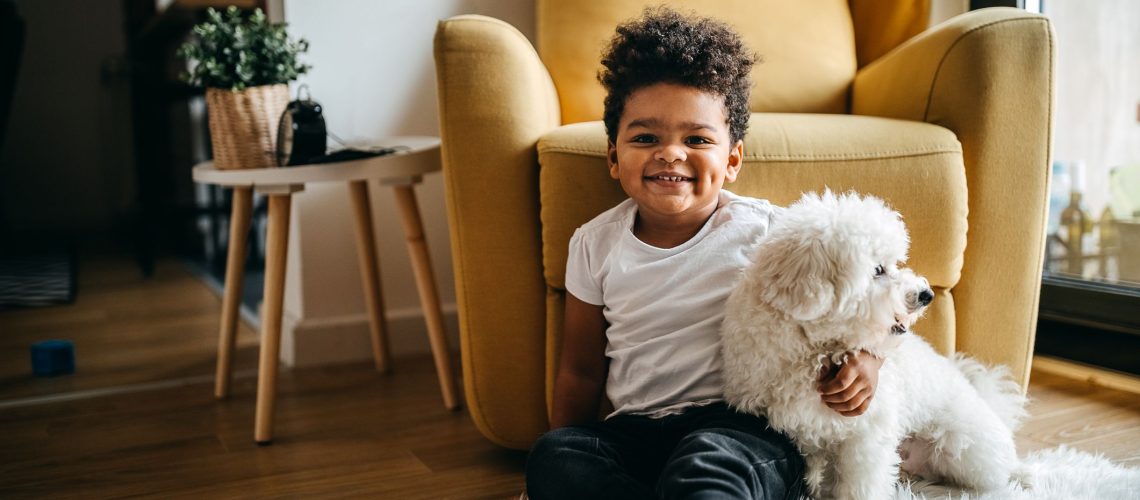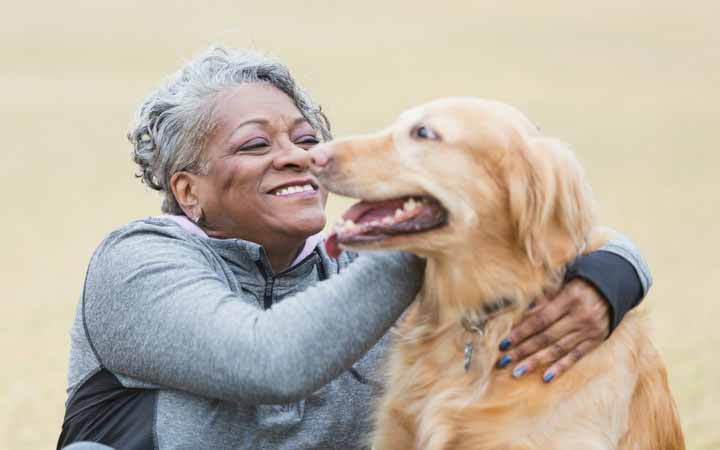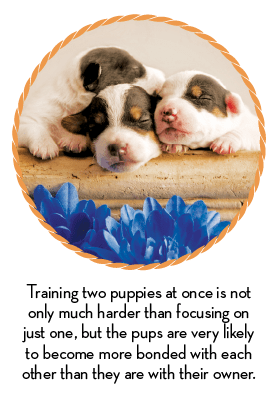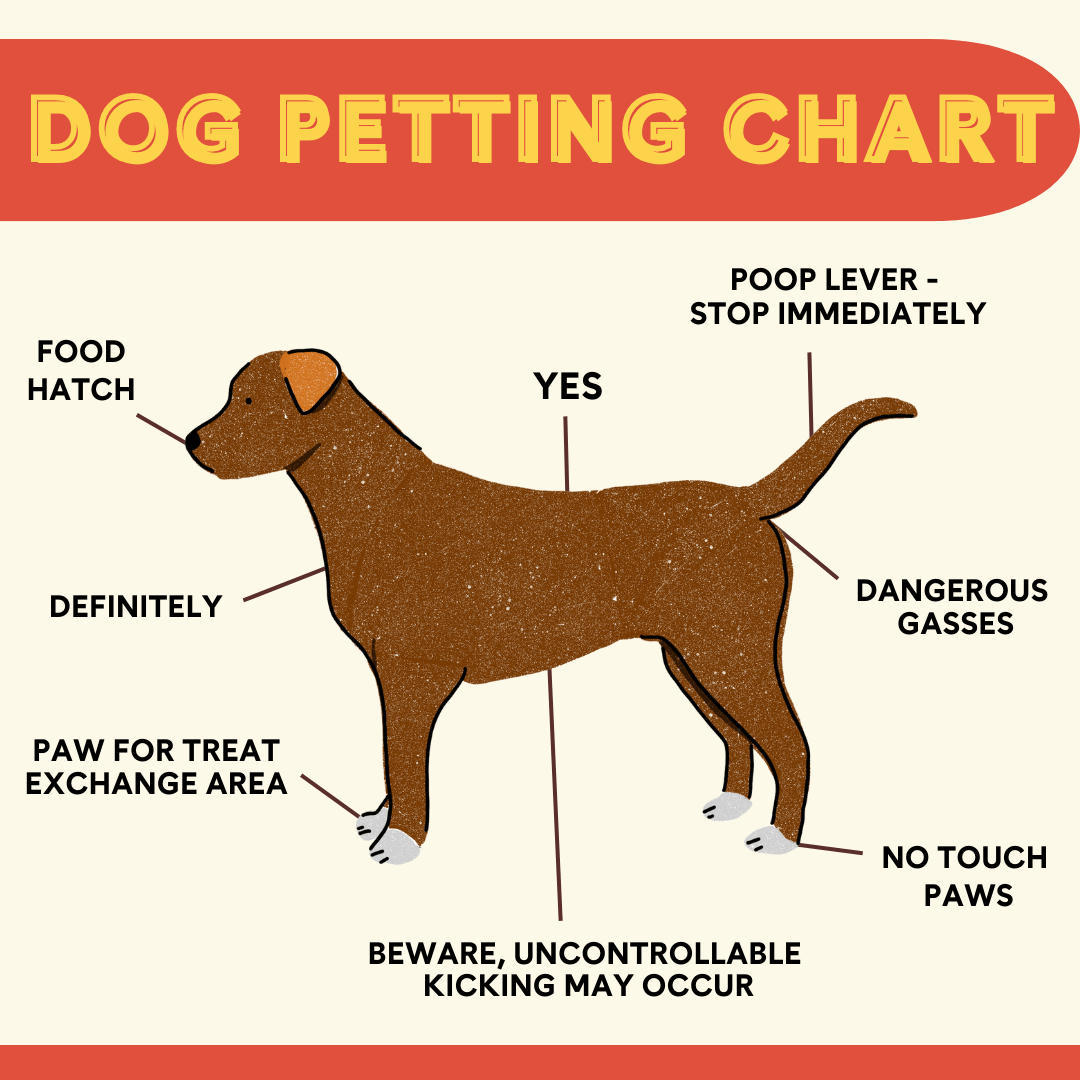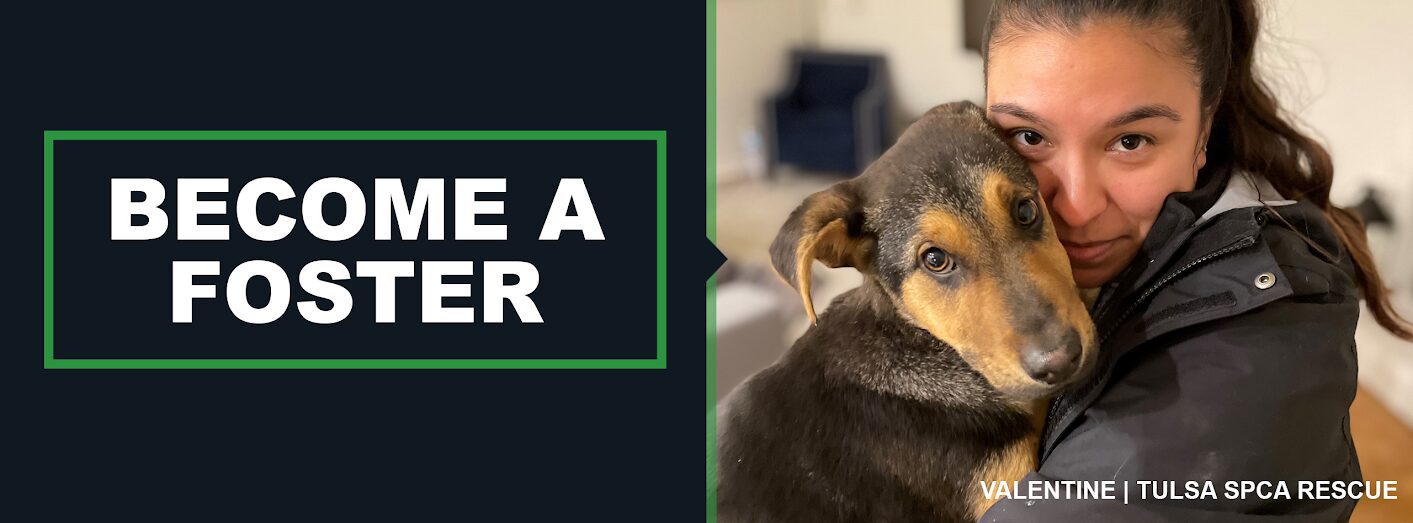In this article, we explore the important connection between dogs and children and provide valuable insights on how to cultivate a positive and lasting bond between them.
Key Takeaways:
- Supervision is crucial when introducing dogs and children to ensure safety for both parties.
- Teaching children how to properly interact with dogs, including gentle petting and avoiding certain behaviors, helps foster a positive bond.
- Providing opportunities for dogs and children to engage in supervised playtime can strengthen their relationship and promote mutual understanding.
- Dogs can have a calming effect on children, helping reduce stress and anxiety levels.
- Regular training sessions with the dog can teach both children and dogs important skills, enhancing their bond and promoting good behavior.
The Importance of a Positive Bond Between Dogs and Children
Building Trust and Companionship
A positive bond between dogs and children is important for several reasons. Firstly, it helps to build trust and companionship between the two. When a child feels comfortable and safe around their dog, they are more likely to develop a strong bond with them. This bond can provide emotional support and a sense of security for the child.
Dogs are known for their loyalty and unconditional love, which can greatly benefit a child's emotional well-being. Having a furry friend to play with, confide in, or simply cuddle up with can be incredibly comforting for children.
Promoting Responsibility and Empathy
Additionally, caring for a dog can teach children important life skills such as responsibility and empathy. When children are involved in feeding, grooming, and exercising their dog, they learn the importance of taking care of another living being. This responsibility can help them develop maturity and empathy towards animals.
By understanding that dogs have needs just like humans do, children learn to be considerate of others' feelings and well-being. They also learn about the importance of boundaries and respecting personal space.
How Parents Can Help Foster a Positive Relationship Between Their Child and Their Dog
Supervision and Guidance
Parents play a crucial role in fostering a positive relationship between their child and their dog. It is important for parents to supervise interactions between their child and the dog, especially when they are young or unfamiliar with each other.
Parents should guide their child on how to properly interact with the dog by teaching them gentle petting techniques, appropriate play behavior, and how to approach the dog without startling or overwhelming them.
Setting Boundaries and Rules
Parents should also establish clear boundaries and rules for both the child and the dog. This helps ensure the safety of both parties and creates a harmonious environment.
For example, parents can teach their child to not disturb the dog while they are eating or sleeping, and to always ask for permission before petting or playing with them. These boundaries help prevent any potential conflicts or accidents.
Ways Children Can Show Kindness and Respect Towards Dogs
Gentle Touch
One of the simplest ways children can show kindness and respect towards dogs is by using a gentle touch. Dogs have sensitive bodies, so it is important for children to pet them softly and avoid pulling on their fur or tail.
Children should be taught to stroke a dog's back or chest gently, avoiding sensitive areas such as their face or paws. This helps create a positive experience for both the child and the dog.
Treating Dogs with Care
In addition to gentle touch, children should be taught to treat dogs with care. This means not roughhousing with them, pulling on their ears or tail, or engaging in any aggressive behavior towards them.
Children should also be mindful of not bothering a dog while they are eating or sleeping, as this can make them feel threatened or anxious. Respecting a dog's personal space is an important aspect of showing kindness and respect.
The Importance of Understanding a Dog's Body Language and Behavior Cues
Why is it important?
Understanding a dog's body language and behavior cues is crucial for both children and adults. It helps prevent accidents or negative interactions with dogs, as it allows us to recognize when a dog may be feeling scared, anxious, or aggressive. By being able to interpret their signals, we can adjust our approach and actions accordingly, ensuring the safety and well-being of both the child and the dog.
Types of body language cues:
- Tail wagging: A wagging tail does not always mean a dog is friendly. It can indicate excitement, fear, or aggression depending on the speed, height, and stiffness of the wag.
- Ears: Erect ears generally indicate alertness or aggression, while relaxed ears suggest a calm or friendly state.
- Eye contact: Direct eye contact can be seen as confrontational or threatening by some dogs.
- Body posture: A stiff body posture with raised hackles may signal aggression or fear, while a relaxed body posture indicates comfort.
It is essential to teach children these cues so they can understand when a dog wants to be left alone or when it is safe to approach and interact with them.
Effective Communication Tips for Children and Their Dogs
Communication between children and dogs is key to building a strong bond and ensuring positive interactions. Here are some tips for effective communication:
1. Use clear verbal commands:
Teach children simple commands that are easy for them to remember and use consistently. Commands like "sit," "stay," or "come" help establish boundaries and reinforce obedience.
2. Use visual cues:
In addition to verbal commands, teach children to use hand signals such as pointing or waving their hands in specific ways to communicate with their dogs. This can be especially helpful for children who may have difficulty with verbal communication.
3. Be aware of body language:
Encourage children to pay attention to their dog's body language and respond accordingly. If the dog looks uncomfortable or stressed, teach children to back off and give the dog space.
Safe Activities for Children to Enjoy with Their Furry Friends
Engaging in safe activities with dogs can provide children with valuable experiences and strengthen their bond. Here are some examples:
1. Walking or hiking:
Taking a leisurely walk or going on a hike with a well-trained dog can be an enjoyable activity for both children and dogs. It promotes exercise, fresh air, and allows the child to take on a responsible role by holding the leash.
2. Interactive playtime:
Playing games like fetch or tug-of-war in a controlled environment can be fun for both children and dogs. However, it is important to teach children how to play safely without provoking rough behavior from the dog.
Safety precautions during playtime:
- Avoid pulling on the dog's ears or tail.
- Do not allow rough play that could lead to accidental bites.
- Use appropriate toys that are safe for both the child and the dog.
By engaging in these activities, children can develop a sense of responsibility towards their furry friends while also enjoying quality time together.
Approaching and Interacting with Unfamiliar Dogs: What Children Should Know
It is crucial for children to understand how to approach and interact with unfamiliar dogs safely. Here are some key points they should know:
1. Always ask permission:
Teach children never to approach an unfamiliar dog without asking the owner first. Some dogs may not be comfortable around strangers or may have specific needs or restrictions.
2. Approach calmly and slowly:
Instruct children to approach unfamiliar dogs calmly and avoid sudden movements or loud noises that could startle the dog. Encourage them to extend a closed hand for the dog to sniff before attempting any physical contact.
Signs of discomfort or aggression:
- Growling or barking
- Stiff body posture
- Raised hackles
- Avoiding eye contact
If a child observes any of these signs, they should back away slowly and not attempt to interact further with the dog.
The Emotional Benefits of Having a Dog at Home for Children
Having a dog at home can provide numerous emotional benefits for children. Here are some reasons why:
1. Companionship and unconditional love:
Dogs are known for their loyalty and affection towards their owners, which can greatly benefit children who may feel lonely or in need of constant companionship. Dogs offer unconditional love, providing comfort and support during challenging times.
2. Stress relief:
Interacting with dogs has been shown to reduce stress levels in both children and adults. Petting a dog releases oxytocin, a hormone associated with relaxation and happiness, which can help alleviate anxiety or tension.
3. Teaching empathy and responsibility:
Caring for a dog teaches children important values such as empathy, compassion, and responsibility. They learn to consider the needs of another living being, ensuring they are fed, exercised, and given attention.
Overall, having a dog at home can contribute positively to a child's emotional well-being by fostering love, reducing stress, and teaching valuable life lessons.
Important Responsibilities of Owning a Dog for Families with Young Children
Owning a dog comes with significant responsibilities that families with young children must be aware of. Here are some important responsibilities to consider:
1. Daily care and feeding:
Children should understand that dogs require daily care, including feeding, providing fresh water, and maintaining a clean living environment. This responsibility can teach children about the importance of routine and consistency.
2. Regular exercise and mental stimulation:
Dogs need regular exercise to stay healthy and mentally stimulated. Families with young children should ensure they have enough time to engage in activities like walks, playtime, or training sessions to keep their furry friend happy and well-exercised.
Examples of mental stimulation activities:
- Puzzle toys
- Hide-and-seek games
- Basic obedience training
3. Veterinary care:
Families must prioritize their dog's health by scheduling regular veterinary check-ups, vaccinations, and preventive treatments for fleas, ticks, and worms. Children can learn about the importance of healthcare for animals through these experiences.
By understanding and fulfilling these responsibilities, families with young children can provide a safe and nurturing environment for their beloved canine companion while teaching valuable life lessons about commitment and caring for others.
| The Relationship Between Dogs and Children: How to Foster a Positive Bond |
Key Points:Action Steps:
1. Dogs provide numerous benefits for children, including companionship, emotional support, and opportunities for learning responsibility.Encourage supervised interactions between dogs and children to build trust and understanding.
2. Teaching children proper dog etiquette and respect for boundaries is crucial to ensure a safe and positive relationship.Teach children to approach dogs calmly, ask permission before petting, and avoid behaviors that may provoke fear or aggression.



